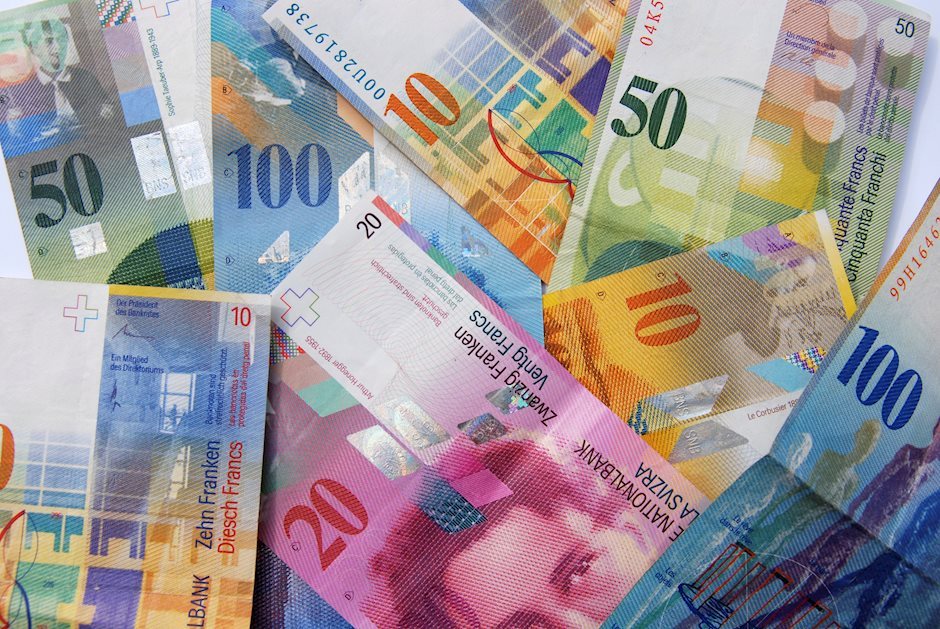USD/CHF advances to near 0.8890 amid market caution preceding Fed's decision
- USD/CHF gains ground on the expectation of the Fed prolonging elevated policy rates.
- Bond markets face selling pressure as a result of the resilience observed in the US economy.
- Swiss Trade Balance revealed a surplus of 3662M, surpassing expectations of 3500M

USD/CHF climbs towards 0.8890 during the Asian hours on Tuesday, driven by higher US Treasury yields. Market expectations suggest that the Federal Reserve will maintain its monetary policy unchanged during the March meeting scheduled for Wednesday. The Fed is under pressure to prolong its elevated interest rates in response to recent inflationary pressures.
Bond markets are experiencing selling pressure as further signs of resilience in the United States (US) economy emerge, leading traders to adjust their expectations for fewer interest rate cuts this year. The likelihood of rate cuts in June and July has decreased, standing at 55.1% and 73.7%, respectively.
In February, the Swiss Trade Balance revealed a surplus of 3662 million, surpassing expectations of 3500 million but declining from January's 4,701 million. Imports (MoM) increased to 18,812 million from the previous reading of 18,046 million, while monthly exports decreased to 22,474 million from 22,746 million prior.
The Swiss National Bank (SNB) forecasts inflation to average 1.9% in 2024. Presently, the inflation rate is notably below this projection at 1.2%. However, there was a notable increase in the Consumer Price Index (CPI) in February, rising by 0.6% compared to 0.2% previously on a monthly basis.
Market participants are eagerly awaiting the Swiss National Bank (SNB) March policy meeting scheduled for Thursday. According to Reuters, there is a 29% probability of the SNB trimming its 1.75% policy rate at the meeting. A rate cut by the SNB could potentially weaken the Swiss Franc (CHF) as lower interest rates typically attract fewer foreign capital inflows.
Author

Akhtar Faruqui
FXStreet
Akhtar Faruqui is a Forex Analyst based in New Delhi, India. With a keen eye for market trends and a passion for dissecting complex financial dynamics, he is dedicated to delivering accurate and insightful Forex news and analysis.
















